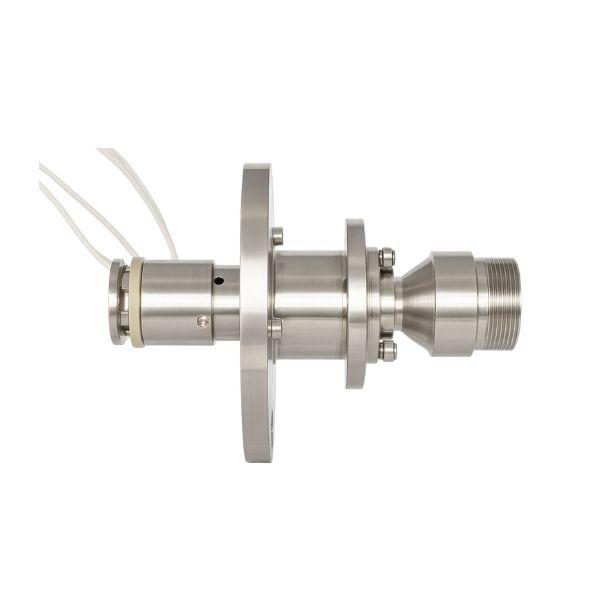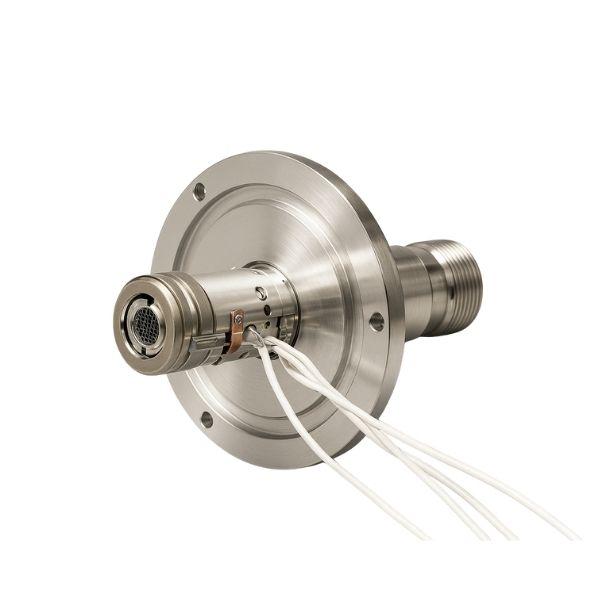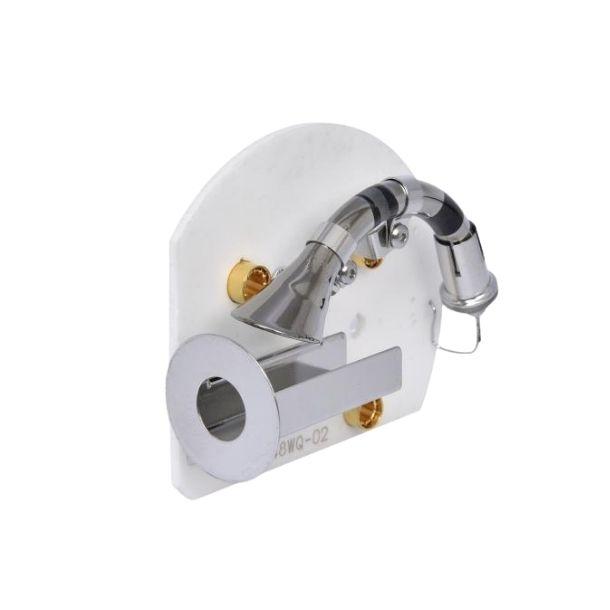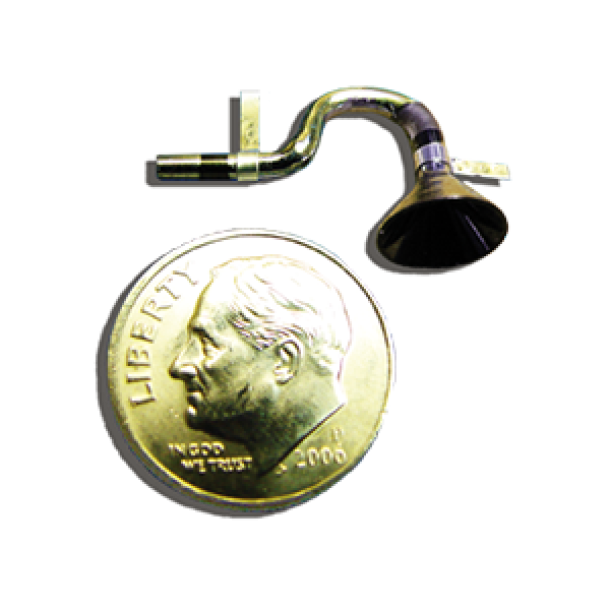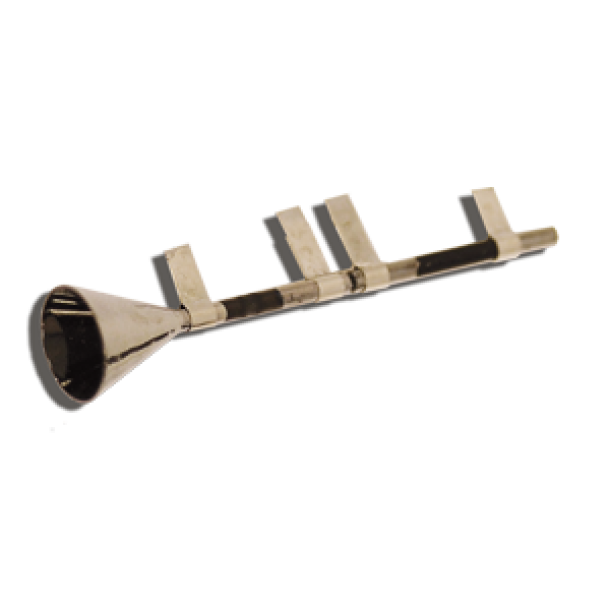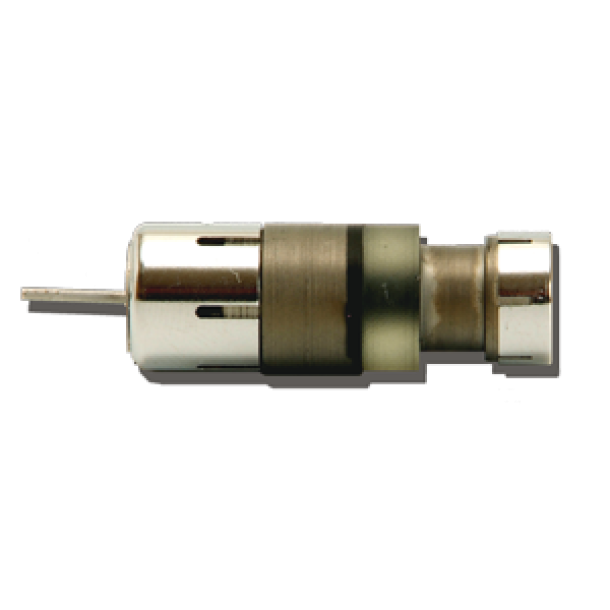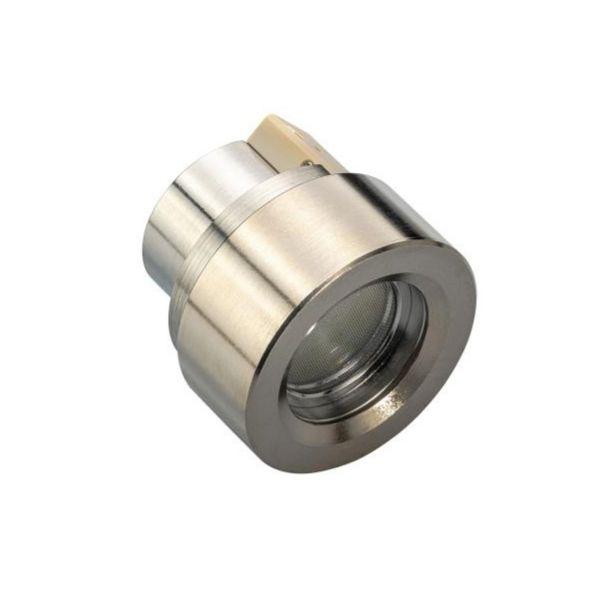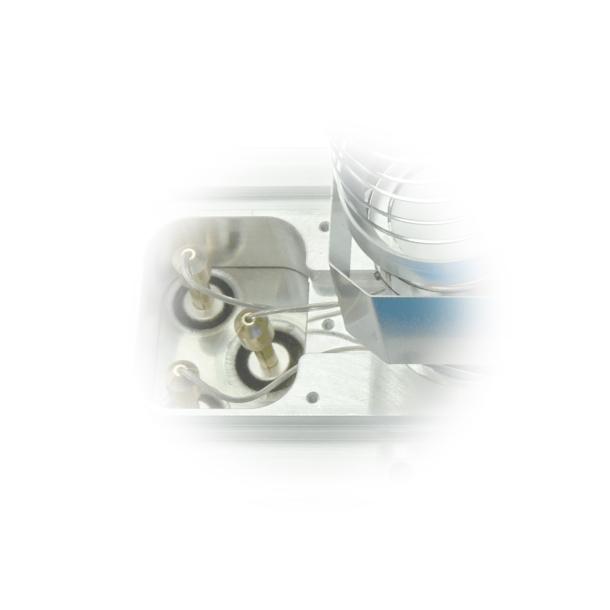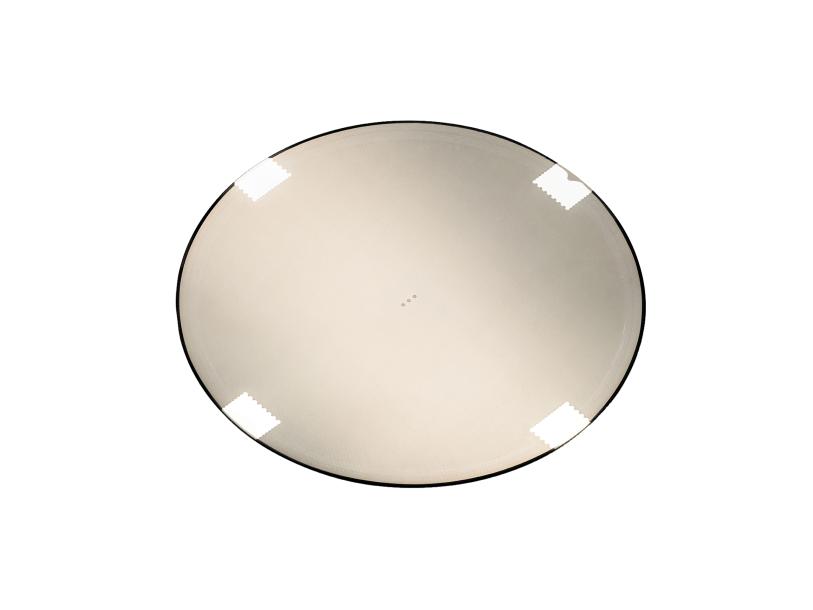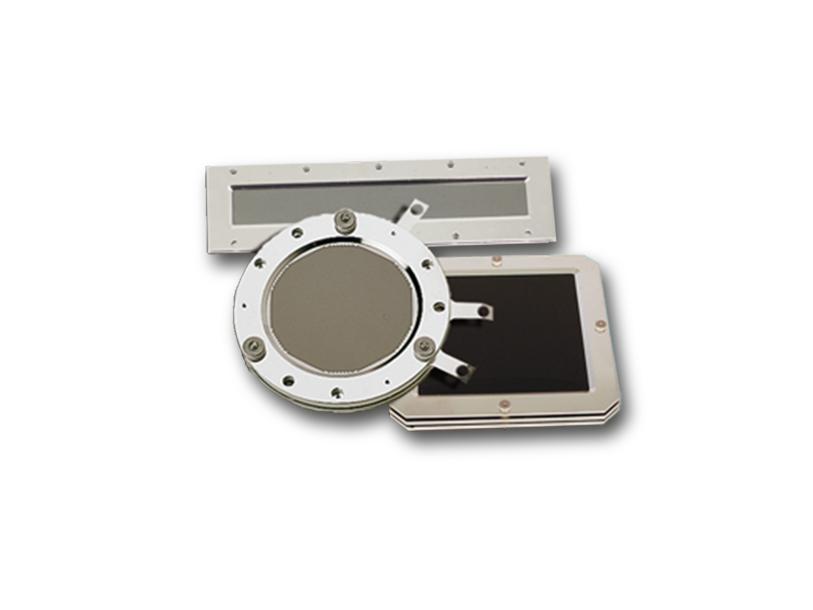

Quadrupole Detectors
Exosens is a renowned provider of ion detection technology platforms that cater to the distinct requirements of sensitivity, linearity, and lifetime for each customer.
Quadrupole Detectors
Contact sales or request a quote
Contact usDescription
Exosens supports quadrupole-based mass spectrometers with a broad range of adaptable detection solutions. By integrating technologies from Photonis and El-Mul, we offer a comprehensive portfolio that spans the full spectrum of quadrupole instruments—from entry-level single-quad systems to high-end triple-quad and hybrid configurations. Our Channeltron™, Scintitron™, and Helitron™ platforms are engineered to meet stringent detection specifications and deliver long-term stability and reliability.
Built from modular elements across our three technology platforms, our detection solutions can be tailored to each instrument’s requirements. Technology selection and detector design are guided by factors such as operational lifetime, dynamic range, detection efficiency, spatial constraints, cost targets, and other system-specific needs.
Our development team collaborates closely with system designers to define, engineer, qualify, and deliver the optimal detection solution for every quadrupole-based mass spectrometer.
Documentation
Brochure/Leaflet
Frequently asked questions
How Does a Channeltron Work?
A Channeltron is an electron multiplier that is comprised of a hollow, semiconductive glass “channel” which has an ability to conduct (or transmit) electricity. Channel electron multipliers directly detect and amplify energetic photons and charged particles such as positive and negative ions, electrons and assorted molecular and subatomic particles. When an ion strikes the input face of the device, it causes the electrons on the outermost area of the atom to be released, causing a secondary electron emission. The number of secondary electrons released depends on several factors, such as the type of particle, the angle at which it strikes the surface, and the energy and characteristics of the surface that is struck. These electrons are then accelerated down the channel by a positive bias current which continues to produce additional secondary electron emissions (and so on) until, at the output end of a pulse of 107 to 108 electrons emerges.
The diagram below provides a visual representation of the working principle of Channeltron operation:
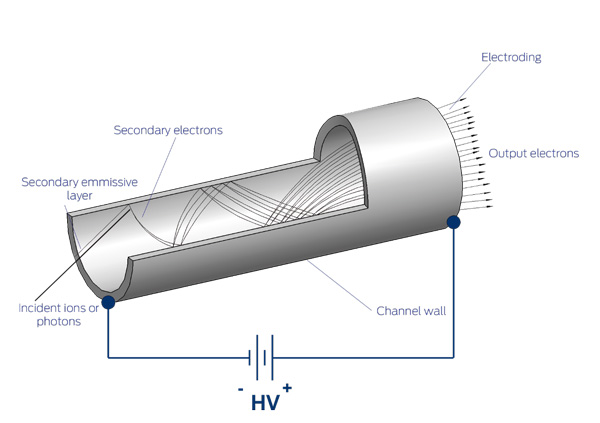
Photonis is the pioneer of Channeltron® Electron Multiplier technology, we possess the knowledge and expertise to recommend the ideal detector for your instrument. For years, customers have been using Channeltrons® because of their superior ability to provide the most accurate analysis. Find out why Channeltrons® are the premium choice among instrument manufacturers.
Why choose genuine Channeltron detector?
If you want a true Channeltron® Electron Multiplier, you must come to Photonis. As the original manufacturer of these products, we have the experience and knowledge necessary to recommend the right detector for your instrument. For years, customers have been using Channeltrons® because of their superior ability to provide the most accurate analysis. Find out why Channeltrons® are considered to be the premium choice among instrument manufacturers.
Optimizing the performance of your mass spectrometer
The performance of your mass spectrometer is often limited by the capabilities of the detector. Photonis developed an electron multiplier family called the MAGNUM™, which provides significantly improved performance by increasing linear output current, reducing noise, and increasing detector life.
Read paper:
Improved Lifetime and Performance for your Mass Spectrometer


